In botanical terms, a berry is a fleshy fruit developed from a single ovary, containing multiple seeds embedded within its pulp. (britannica.com) Bananas fit this definition, whereas strawberries do not. Strawberries are aggregate fruits, meaning they form from multiple ovaries of a single flower, each producing a small seed-like structure on the surface. (ucanr.edu) Other surprising examples of botanical berries include tomatoes, cucumbers, and avocados. (mcgill.ca)
The Eiffel Tower Grows Taller in Summer

The Eiffel Tower, constructed from puddled iron, experiences thermal expansion during warmer months, causing it to increase in height by up to 15 centimeters (approximately 6 inches). (toureiffel.paris) This phenomenon occurs as the iron expands when heated. Similarly, other large metal structures, such as bridges and railway tracks, are designed with expansion joints to accommodate temperature-induced changes, preventing structural damage. (geeksforgeeks.org)
Venus Spins Backwards Compared to Most Planets
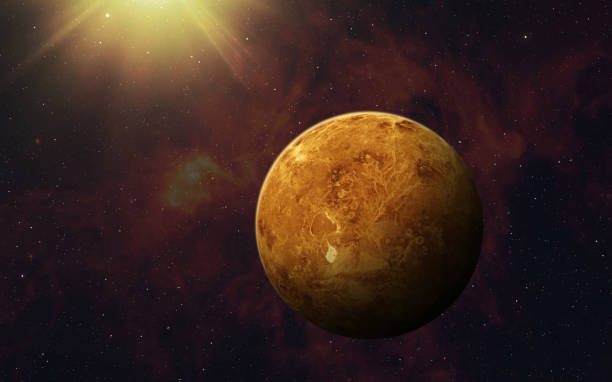
Venus exhibits retrograde rotation, spinning clockwise on its axis, causing the Sun to rise in the west and set in the east. (nhm.ac.uk) A Venusian day (sidereal day) lasts approximately 243 Earth days, while its year (orbital period) is about 225 Earth days, making a day on Venus longer than its year. (science.nasa.gov)
Hot Water Can Freeze Faster Than Cold Water
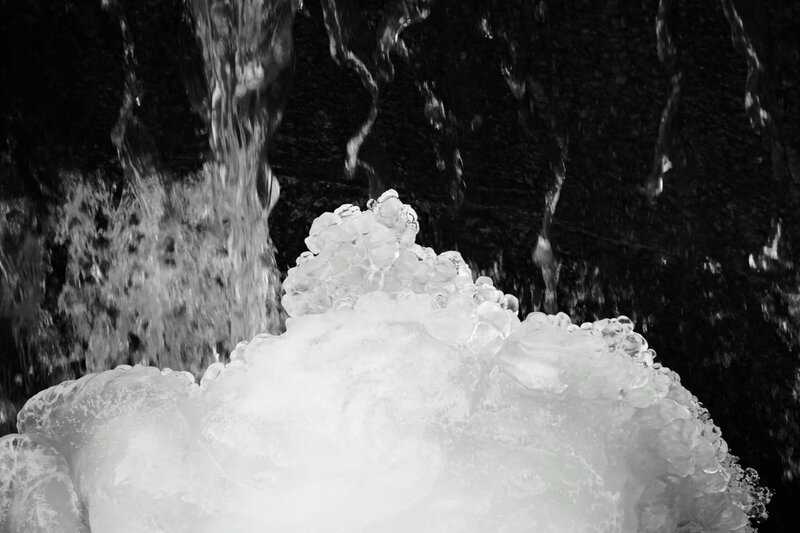
The Mpemba effect is a phenomenon where, under certain conditions, hot water can freeze faster than cold water. (en.wikipedia.org) This counterintuitive observation has been noted since ancient times, with Aristotle mentioning it in his writings. (en.wikipedia.org) In 1963, Tanzanian student Erasto Mpemba observed this effect while making ice cream, leading to further scientific investigation. (en.wikipedia.org) Despite various proposed explanations, such as differences in evaporation rates and supercooling, the exact cause remains a subject of ongoing research and debate. (sciencenews.org)
Honey Never Spoils—Archaeologists Have Eaten Ancient Honey
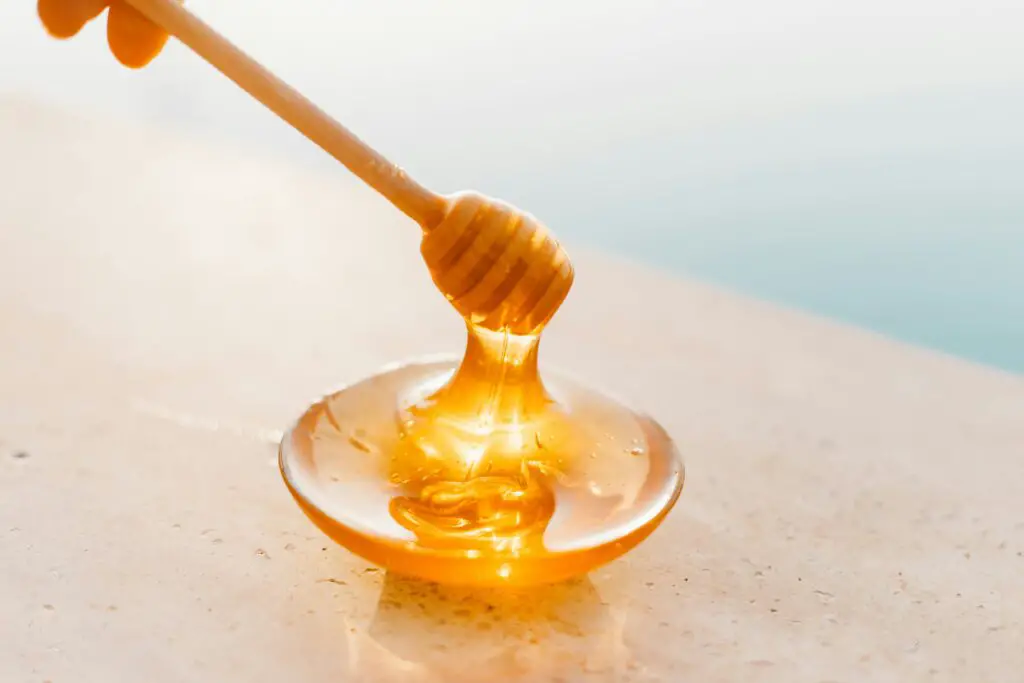
Honey’s unique chemical composition, characterized by low moisture content and high acidity, creates an inhospitable environment for bacteria and microorganisms, allowing it to remain unspoiled for millennia. (en.wikipedia.org) Archaeologists have discovered sealed jars of honey in ancient Egyptian tombs, including those of King Tutankhamun, which were still edible after thousands of years. (missedhistory.com) This remarkable preservation underscores honey’s enduring shelf life and its historical significance in ancient cultures. (mag.uchicago.edu)
An Octopus Has Three Hearts and Blue Blood
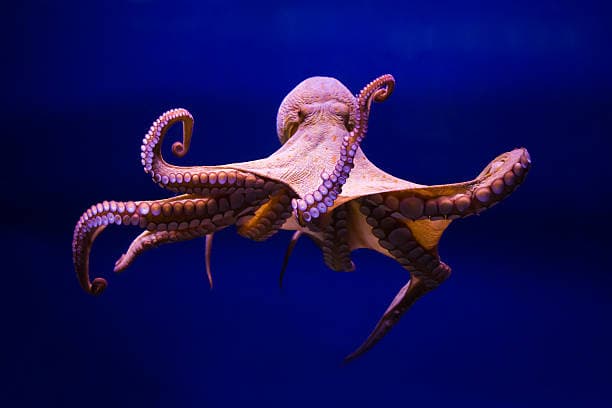
Octopuses possess a unique circulatory system featuring three hearts: two branchial hearts that pump blood through the gills for oxygenation, and one systemic heart that circulates oxygenated blood to the rest of the body. (sciencefocus.com) Their blood is blue due to the presence of hemocyanin, a copper-based molecule that efficiently transports oxygen in cold, low-oxygen environments. (discoverwildlife.com) This adaptation supports their active lifestyle and survival in diverse marine habitats. (enviroliteracy.org)
A Day on Mercury Is Longer Than Its Year
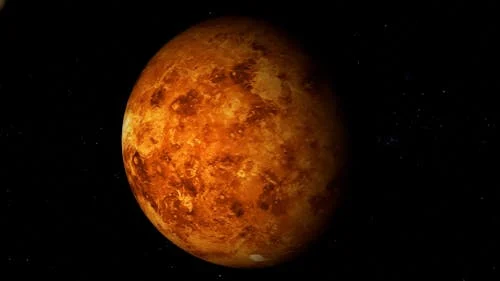
Mercury’s unique rotational and orbital dynamics result in a solar day—defined as the interval between one solar noon to the next—lasting approximately 176 Earth days. (britannica.com) This duration exceeds its orbital period, or year, which is about 88 Earth days. (web.pa.msu.edu) This phenomenon arises from Mercury’s 3:2 spin-orbit resonance, where the planet completes three rotations on its axis for every two orbits around the Sun. (digfir-published.macmillanusa.com) Consequently, an observer on Mercury would experience a sunrise, followed by a prolonged day, before witnessing sunset and a lengthy night, all within a single Mercurian year. (phys.libretexts.org)
Wombat Poop Is Cube-Shaped
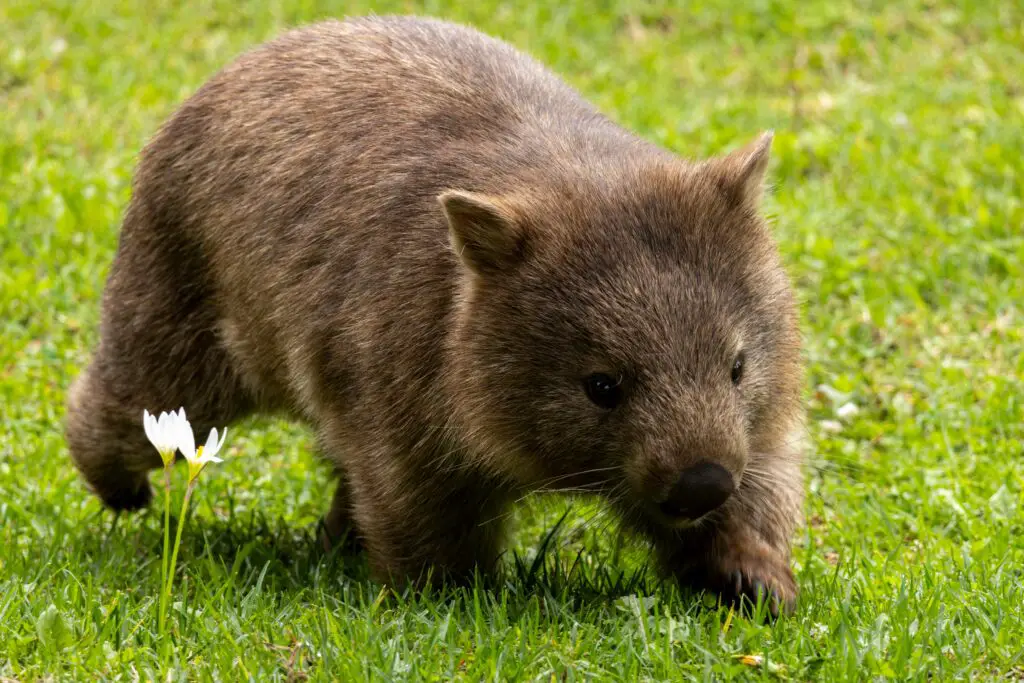
Wombats are unique among mammals for producing cube-shaped feces, a trait that has intrigued scientists for years. (nationalgeographic.com) Recent research has uncovered that this distinctive shape is formed within the wombat’s intestines, not at the point of exit as previously thought. (utas.edu.au) The cube formation is attributed to varying muscle thicknesses in the intestines, which, combined with the drying process in the distal colon, create the sharp corners of the cubes. (theguardian.com) This adaptation is believed to aid in communication, as the cubes are less likely to roll away, allowing wombats to mark their territory effectively. (australiangeographic.com.au)
There Are More Trees on Earth Than Stars in the Milky Way

Recent studies estimate that Earth is home to approximately 3 trillion trees, a figure significantly higher than previous estimates of around 400 billion. (science.org) In contrast, the Milky Way galaxy contains between 100 and 400 billion stars. (en.wikipedia.org) This comparison underscores the vastness of Earth’s arboreal life, highlighting the planet’s rich biodiversity and the critical role trees play in sustaining life and regulating the climate.
Sharks Existed Before Trees

Sharks have been swimming Earth’s oceans for over 400 million years, predating the emergence of trees by tens of millions of years. (nhm.ac.uk) The earliest shark-like creatures appeared during the Late Ordovician period, around 450 million years ago, while the first true trees evolved approximately 385 million years ago. (forbes.com) This timeline highlights the ancient lineage of sharks, which have survived multiple mass extinctions and continue to thrive in today’s oceans. (sharktrust.org)
Humans Share 60% of Their DNA With Bananas
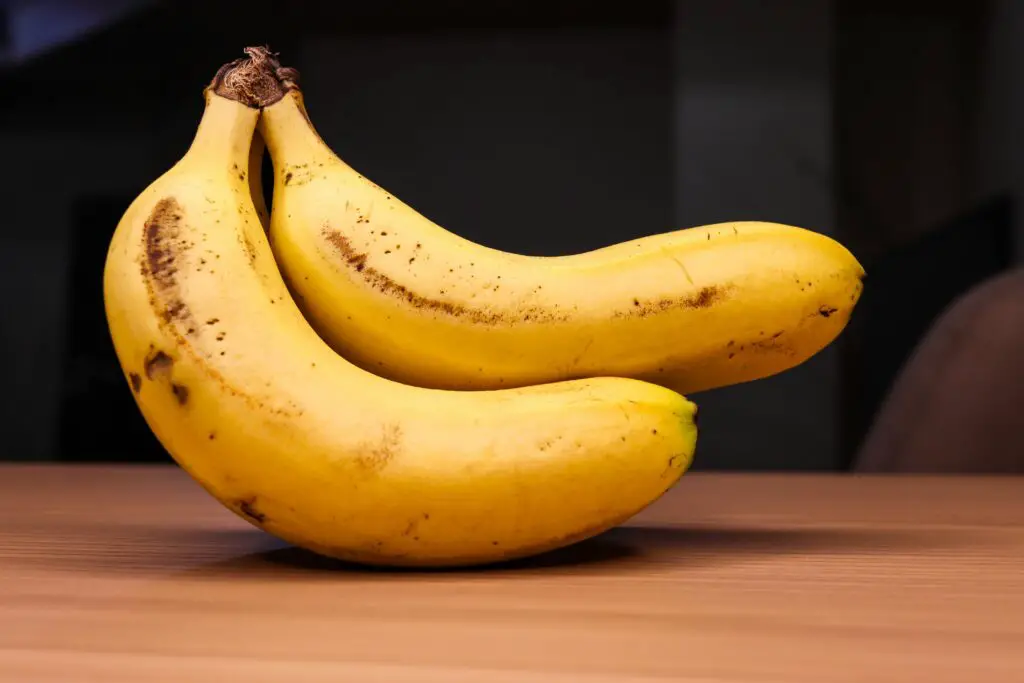
Humans share approximately 60% of their genes with bananas, highlighting the fundamental genetic similarities across all life forms. (pfizer.com) This shared genetic material underscores the common ancestry of all living organisms, reflecting the conserved biological processes essential for life. (science.howstuffworks.com) These genes are involved in basic cellular functions such as DNA replication, cell division, and metabolism, which are fundamental to the survival of both humans and bananas. (science.howstuffworks.com)
It Rains Diamonds on Jupiter and Saturn
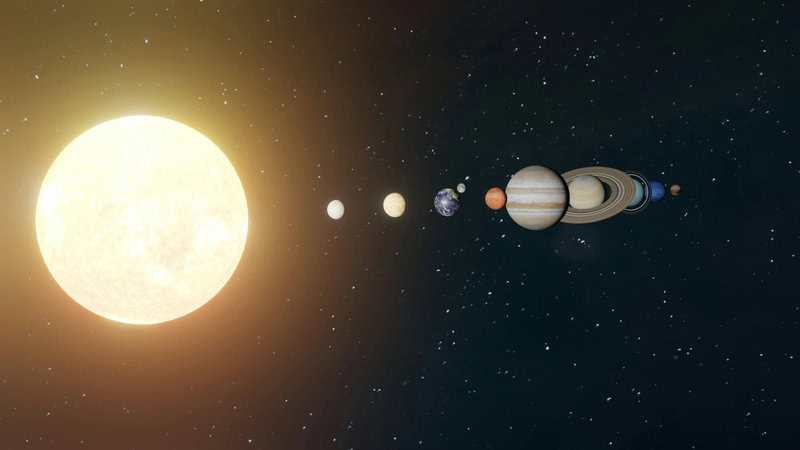
Research indicates that intense lightning storms on Jupiter and Saturn can convert atmospheric methane into carbon soot. (nationalgeographic.com) As this soot descends through the planets’ dense atmospheres, increasing pressure and temperature transform it into graphite and eventually into solid diamonds. (bbc.com) These diamonds continue to sink until they reach depths where the extreme conditions melt them into liquid diamond, creating a form of “diamond rain.” (weather.com)
The Shortest War in History Lasted 38 Minutes

The Anglo-Zanzibar War, fought on August 27, 1896, is recognized as the shortest recorded war in history, lasting between 38 and 45 minutes. (britannica.com) The conflict erupted following the sudden death of Sultan Hamad bin Thuwaini, a pro-British leader, and the subsequent ascension of his nephew, Khalid bin Barghash, who seized the palace without British approval. (historytoday.com) The British authorities issued an ultimatum demanding Khalid’s abdication, which he refused. At 9:00 AM, British warships commenced a bombardment of the palace, swiftly destroying the sultan’s artillery and causing significant casualties among his forces. (britannica.com) Khalid fled to the German consulate, and by 9:40 AM, the conflict concluded with the installation of a new sultan favorable to British interests. (historytoday.com) This brief yet decisive engagement underscores the overwhelming military superiority of the British Empire during the colonial era. (history.howstuffworks.com)
A Cockroach Can Live for Weeks Without Its Head
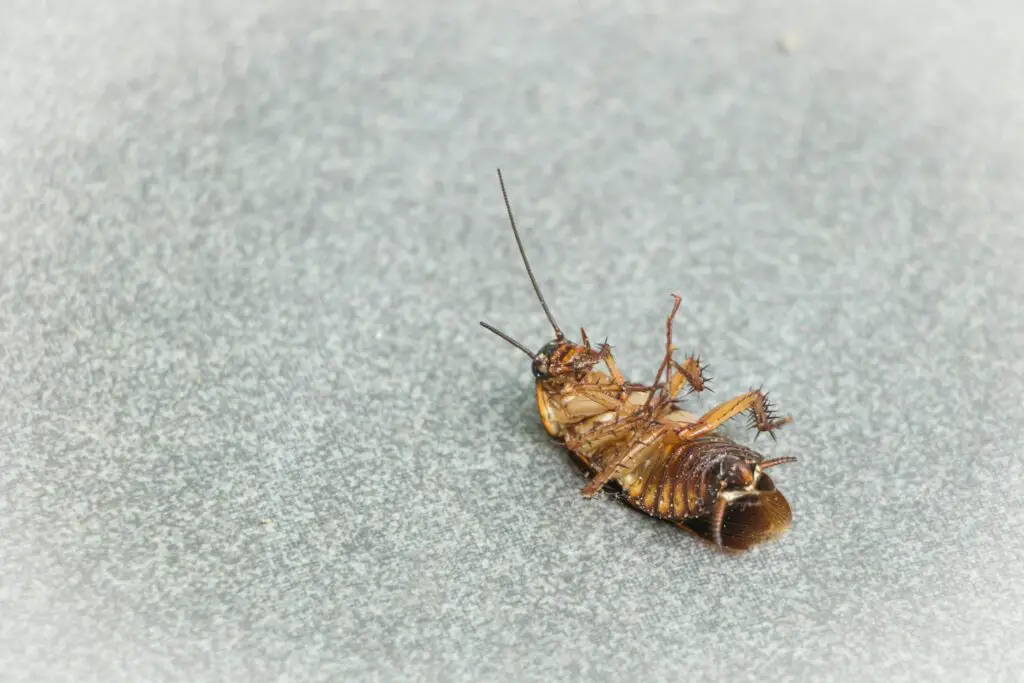
Cockroaches are renowned for their resilience, with some species capable of surviving for weeks without their heads. (scientificamerican.com) This remarkable endurance is due to their unique physiology: they breathe through spiracles—tiny openings along their bodies—allowing them to continue respiration without a head. (discoverwildlife.com) Additionally, their open circulatory system enables rapid clotting at the neck stump, preventing significant blood loss. (worldatlas.com) However, without a head, they cannot eat or drink, leading to death from dehydration or starvation over time. (pestworldforkids.org)
Conclusion

The Sun’s energy reaches Earth in approximately 8 minutes and 20 seconds, a journey covering nearly 93 million miles at the speed of light. (phys.org) This swift transmission underscores the finite speed of light and the vast distances in our solar system. Understanding this time frame enhances our appreciation of the Sun’s influence on our planet and the fundamental principles governing the cosmos. (skyatnightmagazine.com)
.article-content-img img { width: 100% }

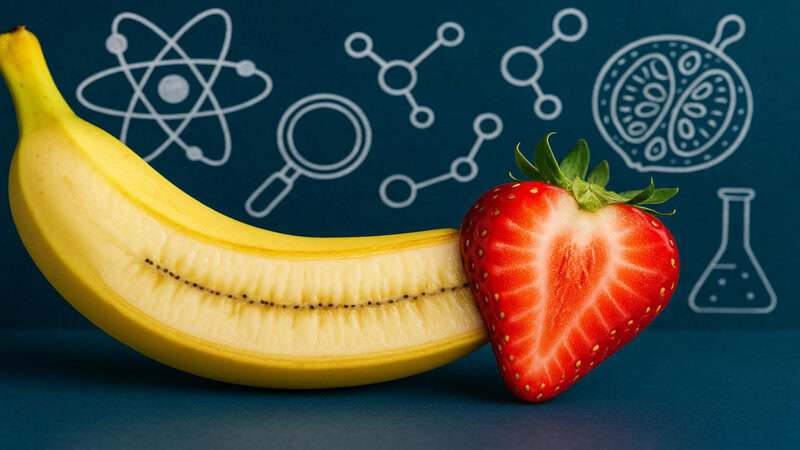

Vielleicht interessiert es Sie:
Wussten Sie! Minensuchratten auf dem Schlachtfeld und sie sind super effektiv!
Wie viele Giraffenarten gibt es? Leben sie alle in Afrika?
Der Vogel ist das Weibchen der Vögel: wahr oder falsch?
Warum bauen Biber Dämme? Welchen Nutzen?
Warum leben manche Tiere nachtaktiv? Welche Vorteile?
Küssen Tiere? Ist das die gleiche Bedeutung wie Menschen?
200+ Hilarious Seahorse Jokes That Will Make You Smile and Giggle
200+ Funny Investment Jokes to Boost Your Financial Humor Game